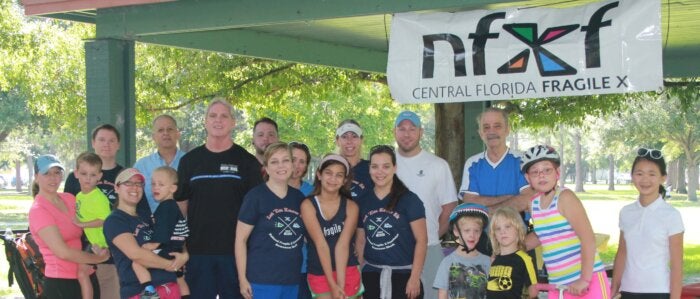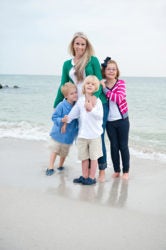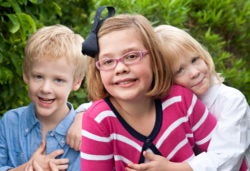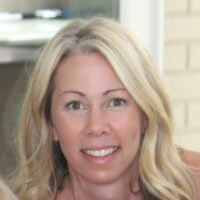
Taylor was born September 6, 2003. She was perfect. She met all her milestones right on time, spoke early, and knew complicated shapes like a pentagon before she even could speak. Taylor was, however, very shy in the presence of new people. She would get so excited at the littlest things and flap her hands very fast. We thought she’d be a terrific drummer! Taylor never liked praise and would cry if you congratulated her too loudly. All around, though, we never suspected anything was wrong.
 Her diagnosis was enlightened by my struggles with infertility. We started to try to conceive once Taylor was two. Nothing happened. We saw every fertility clinic in Tampa. I was only 31 years-old at the time so the first few never even took an FSH test. I had five rounds of Clomid. Still, nothing. I even asked one doctor to test me for the premutation of Fragile X, since I had done my own research on the potential causes of early rise in FSH. He replied it wasn’t necessary and suggested I try IVF.
Her diagnosis was enlightened by my struggles with infertility. We started to try to conceive once Taylor was two. Nothing happened. We saw every fertility clinic in Tampa. I was only 31 years-old at the time so the first few never even took an FSH test. I had five rounds of Clomid. Still, nothing. I even asked one doctor to test me for the premutation of Fragile X, since I had done my own research on the potential causes of early rise in FSH. He replied it wasn’t necessary and suggested I try IVF.
Finally, I ended up with the most wonderful, passionate doctor from University of Southern Florida named Dr. David Keefe. Upon first meeting, he said he would run a battery of tests, among them Fragile X. (And I didn’t even have to ask him!) Dr. Keefe holds my highest respect.
On December 2007 my test results came back positive for the premutation. Next, Dr. Keefe said we needed to get Taylor tested. What a day. I had nearly zero eggs left and my daughter, the one we had all the dreams and expectations for, might have the full syndrome.
During the wait I looked into the symptoms and knew she had it even before the results came back. I asked Taylor to show me the palm of her hand and there it was, the simian crease. Still, when my husband and I got the doctor’s call, it was a devastating blow that took so much time for us to recover from.
Today
 After the diagnosis, I used alternative means to give Tayor two beautiful twin brothers who are now five years old. I feel such a strong need to spread awareness in the medical community. Doctors must learn the characteristics of Fragile X and recommend tests for potential carriers. The mutation in the FMR1 gene affects so many more people than the children who have the full syndrome. It affects the whole family. It’s a shame people still say, “Fragile what?”
After the diagnosis, I used alternative means to give Tayor two beautiful twin brothers who are now five years old. I feel such a strong need to spread awareness in the medical community. Doctors must learn the characteristics of Fragile X and recommend tests for potential carriers. The mutation in the FMR1 gene affects so many more people than the children who have the full syndrome. It affects the whole family. It’s a shame people still say, “Fragile what?”
I now spend a lot of time promoting awareness within our CSN group, the . It makes me feel good to spread the word and educate people about Fragile X-associated Disorders, which is why I am participating in the Let ‘Em Know virtual 5k.


 Cheryl Lancaster
Cheryl Lancaster